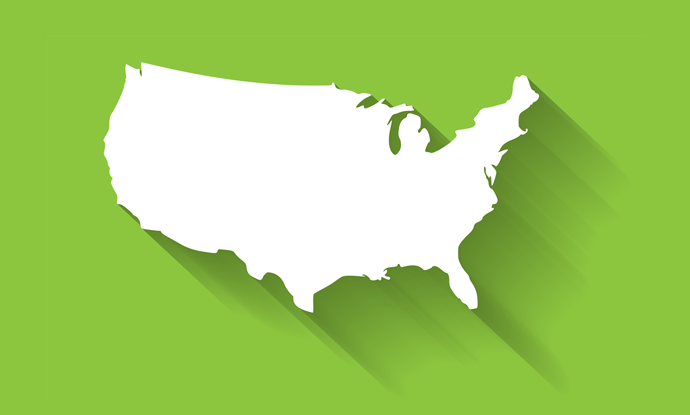Web-Based Predictive Analytics Identifies COVID-19 Hot Spots
Using predictive analytics techniques, researchers found strong correlations between keyword searches on Google and COVID-19 hot spots.

Source: Thinkstock
- Web-based predictive analytics methods identified strong correlations between Google search trends and COVID-19 hot spots in parts of the country – as early as 16 days prior to the first reported case in some states.
For more coronavirus updates, visit our resource page, updated twice daily by Xtelligent Healthcare Media.
In a study published in Mayo Clinic Proceedings, a team searched ten keywords in Google Trends: COVID symptoms; coronavirus symptoms; sore throat, shortness of breath, fatigue, and cough; coronavirus testing center; loss of smell; Lysol; antibody; face mask; coronavirus vaccine; COVID stimulus check. They combined this information with data collected between January 22, 2020, and April 6, 2020.
Researchers calculated correlation coefficients between each keyword and each of the 50 states’ daily new COVID-19 cases across the country as a whole.
"The Neuro-Informatics team is focused on analytics for neural diseases and neuroscience. However, when the novel coronavirus emerged, my team and I directed resources toward better understanding and tracking the spread of the pandemic," said Mohamad Bydon, MD, a Mayo Clinic neurosurgeon and principal investigator at Mayo's Neuro-Informatics Laboratory.
"Looking at Google Trends data, we found that we were able to identify predictors of hot spots, using keywords, that would emerge over a six-week timeline."
The results showed that most of these keywords had moderate to strong correlations days before the first COVID-19 cases were reported in certain areas, with decreasing correlations following the first case.
Four of the keywords – COVID symptoms, coronavirus testing center, loss of smell, and face mask – had considerable correlations nationwide. Three keywords, including face mask, COVID stimulus check, and Lysol, had strong correlations when looking at the US as a whole.
"Each of these keywords had varying strengths of correlation with case numbers," said Bydon. "If we had looked at 100 keywords, we may have found even stronger correlations to cases. As the pandemic progresses, people will search for new and different information, so the search terms also need to evolve."
The researchers noted that previous studies have demonstrated the potential for predictive analytics and internet surveillance to forecast outbreaks of viruses like H1N1 and Middle East respiratory syndrome. Traditional surveillance, which includes widespread testing and public health reporting, can lag behind the incidence of infectious disease.
With internet surveillance, researchers can gather information at lower costs than with traditional methods. Additionally, internet surveillance allows experts to evaluate data in real time, leading to more effective, timely interventions.
Mayo Clinic researchers concluded that a combination of traditional methods and internet surveillance is key to developing an effective surveillance approach.
"Our study demonstrates that there is information present in Google Trends that precedes outbreaks, and with predictive analysis, this data can be used for better allocating resources with regards to testing, personal protective equipment, medications and more," said Bydon.
"Any delay in information could lead to missed opportunities to improve preparedness for an outbreak in a certain location.”
The study also highlights the need for more rapid, accurate testing to sufficiently prepare for potential outbreaks, the researchers noted. Delayed or incomplete reporting of results can lead to inaccuracies when data is released and public health decisions are being made.
"If you wait for the hot spots to emerge in the news media coverage, it will be too late to respond effectively," Bydon said. "In terms of national preparedness, this is a great way of helping to understand where future hot spots will emerge."
This study builds on Mayo Clinic’s efforts to track and plan for COVID-19 outbreaks in different parts of the country. The health system recently launched an interactive COVID-19 tracking tool that reports the latest data for every county in all 50 states, with insight on how to assess risk and plan accordingly.
"Adding variables such as Google Trends data from Dr. Bydon's team, as well as other leading indicators, have greatly enhanced our ability to forecast surges, plateaus and declines of cases across regions of the country," said Henry Ting, MD, Mayo Clinic's chief value officer.
